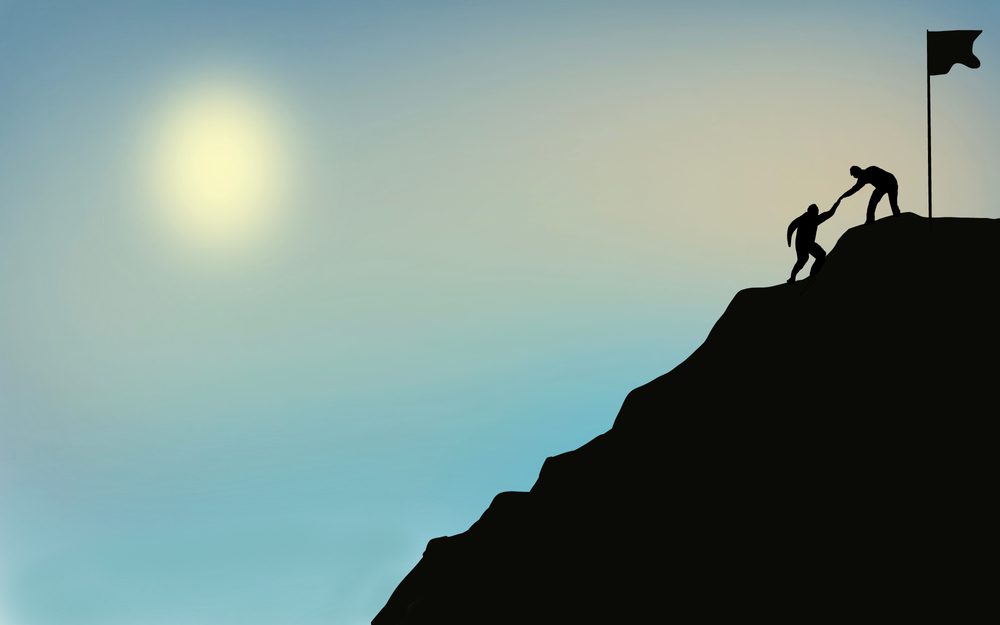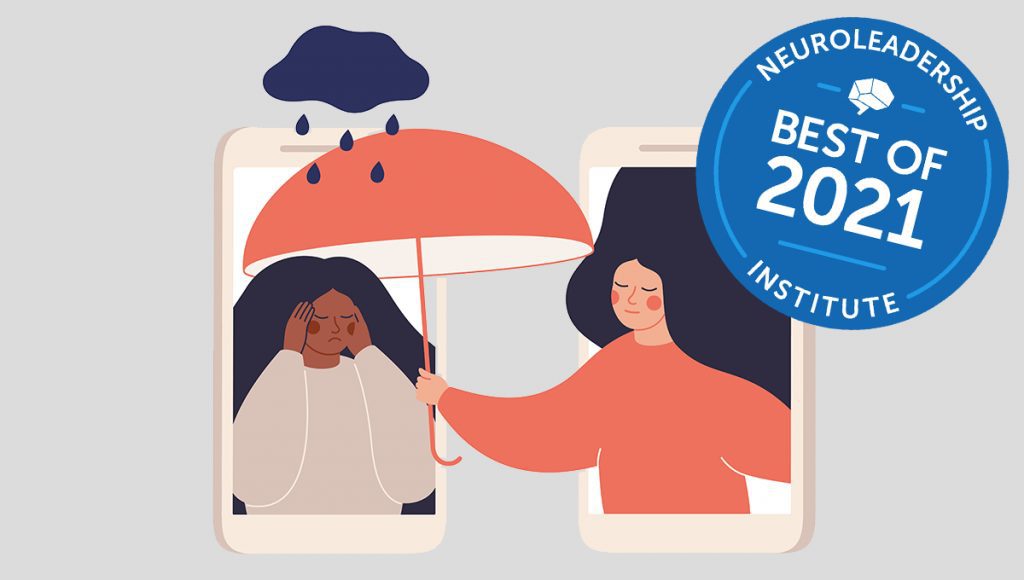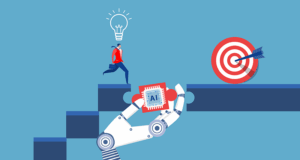For years, we’ve heard the need for leaders to strike a balance between both hard, technical skills and soft skills, such as emotional intelligence and compassion. But this year the need for those so-called soft skills really came to the forefront in the form of empathy. Citigroup CEO Jane Fraser called empathy a competitive advantage and Microsoft CEO Satya Nadella said empathy is “the source of all innovation.”
Much of the spotlight on empathy came in response to workers feeling burnt out and in a state of discontent – largely driven by the desire to regain control over parts of their lives amid the uncertainty of the last two years. That spurred leaders to dig deeper, both professionally and personally, to examine how they could meet their employees where they’re at.
While the idea of what empathy looks like at work keeps evolving, here’s some of what we learned this year.
Blogs on Empathy

The Neuroscience of Storytelling
Ted Bauer
Our brains love stories, and narratives can be a great way to cut through team distractions, help people remember complex project details with greater accuracy, and guide us to work better together.

Stop Telling Managers to Be Empathetic. Try This Instead.
Dr. David Rock in Fast Company
Still confused about what empathy means at your organization? Get clarity and add this important tool to help leaders and team members spot problems and feel more energized.

This ‘Soft’ Leadership Trait Wins at War and at the Office
Joy VerPlanck D.E.T.
One soft skill has a place on the battlefield, the boardroom, the breakroom, and the Zoom room. In this blog, immerse yourself in stories that illustrate the benefits of compassion in any setting.
The Great Resignation: The Most Profound Insight of 2021
Q&A with Dr. Jeanine Stewart
What is the biggest research insight or lesson from this year?
The biggest lesson from 2021 is the Great Resignation itself. We’ve seen an unprecedented number of people opting out of work – forgoing money in favor of well-being. Psychologists have for years been putting forward interesting studies showing that money doesn’t matter as much as we think; it’s a motivator, but not the great motivator. The incentive structure in the workplace has shifted dramatically this past year, and we now have overwhelming evidence that humans need so much more than monetary compensation. If work supported our well-being, if it were part of a regenerative and energizing loop for employees, employees would – and do – stay longer.
What’s one top trend you’re seeing that will impact organizations in 2022?
The majority of companies calling NLI are looking for ways to embed brain-friendly practices into their day-to-day workflows. In the past couple of years, workplace culture has become harder to maintain across a distance. Employee engagement is only useful in terms of driving retention if we also have a strong and supportive workplace culture. Culture took a hit with remote work, and reshaping it is a great challenge. The question of what to do is not an easy fix. You have to look at the current state of affairs and determine what’s missing in terms of rebuilding or re-strengthening a culture that has been altered by more remote work.
What’s one habit you’re planning on implementing or changing next year?
For my own well-being, my word of the year is “focus.” I want to quiet the noise in the system and create more time to sink into one stream of thought or a single idea. When you’re not giving your mind time to wander and make connections, it can be counterproductive. Back-to-back meetings all day where you have to constantly shift gears is exhausting. I generate insights by thinking out loud with a thought partner. I’ve found myself having very little free-form, casual conversations that I was used to having in the office. One thing I’ve realized is that if I don’t structure my time to find focus, I can’t regain what I need in order to be really cognitively sharp. The science says that if we can build in more temporal spacing, our productivity and well-being can benefit.
For more from Jeanine, visit her LinkedIn Profile.
Videos on Empathy
[youtube v=”vQ3aZrFBPpM”]
[youtube v=”tdEtI4BE0SU”]







